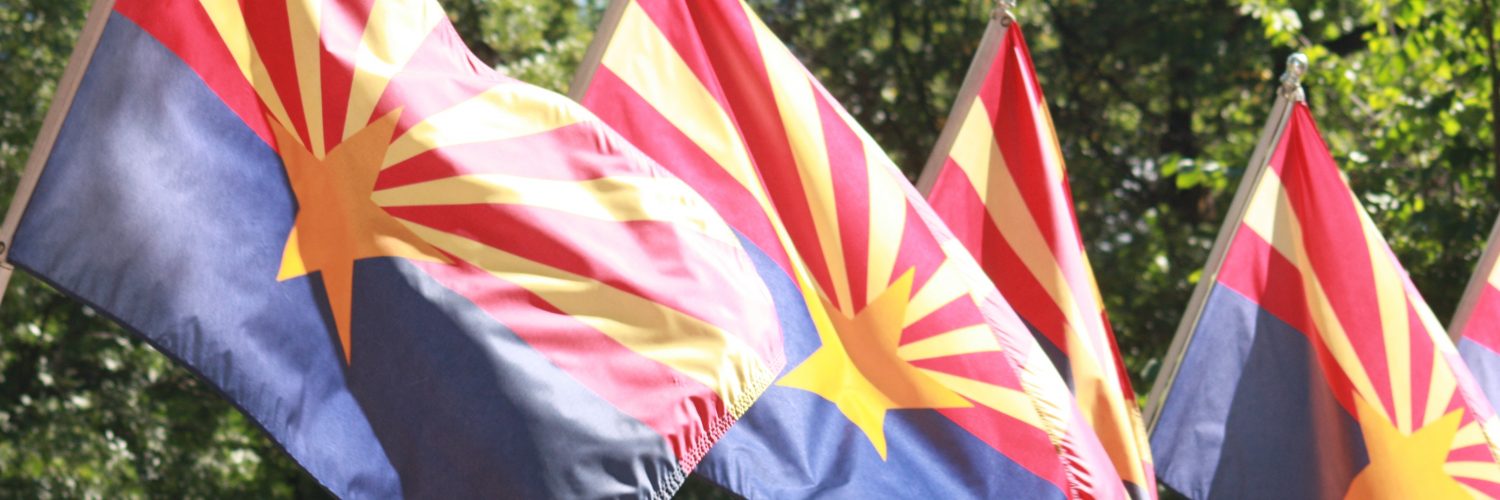Maricopa County students lead the nation among large urban counties in academic gains in new data released by Stanford University. Perhaps even more impressive, Maricopa’s strong performance ranked only third among Arizona’s 15 counties.

So, a bit of background before we get to the good news.
The Stanford University Opportunity Project has done the hard work of linking state K-12 academic exams from across the country, allowing us to compare academic outcomes across jurisdictions. The Stanford data allows comparisons between schools, school district and charter school combinations and counties. You can examine the data for yourself here. Counties with above average growth are colored green, those with below average growth are blue.
The chart below has Maricopa County marked as 1. The other four counties with the largest populations are also marked (Harris County, Texas=2, Los Angeles County, California=3, Cook County, Illinois=4, San Diego County, California =5).
The chart shows the average rate of academic growth for low-income students. Low-income students in Maricopa County had a rate 19% higher than the national average, which is easily the best nationwide among large urban counties.
The Stanford website allows you to examine these charts by a variety of subgroups. I’ve shown you the chart for low-income students because it is obviously very important. Rather than bomb this column with charts, I’ll simply note that Maricopa County also beat the other large urban counties among non-poor students, Black students, Asian students, White students and got edged out for first place for Hispanic students by Cook County. (Maricopa County Hispanic students had a rate of academic growth 14.4% above the national average.)
As impressive as Maricopa County’s performance shows out in the data, it is not the highest performing county in Arizona. Including all Arizona counties in the academic growth chart for low-income students produces the following chart:
Two of Arizona’s smaller counties (Santa Cruz and Navajo counties) have even higher growth rates for poor kids than Maricopa. All Arizona counties except one have academic gains for low-income students above the national average. You see the same pattern when examining the gains of student subgroups. If you are a student in Arizona, you are likely to be making above average academic gains.
The Brookings Institution measured student access to charter schools in 2015. Their study focused on the percentage of students in each state that had access to one or more charter schools in their zip code. Arizona students had the most access at 84% of students. The lone exception to the overwhelmingly positive story on academic growth in Arizona comes from a county clocking in at 16%. Marked 5 in the chart above, Greenlee County has no charter schools in operation.
Arizona had a remarkable system of public education before the pandemic struck. Let’s hope the remarkable achievement seen by our district and charter educators seen in these data will prove a prelude to a successful recovery from the learning losses accrued during the pandemic.
Dr. Matthew Ladner is the executive director of the Center for Student Opportunity
















Add comment